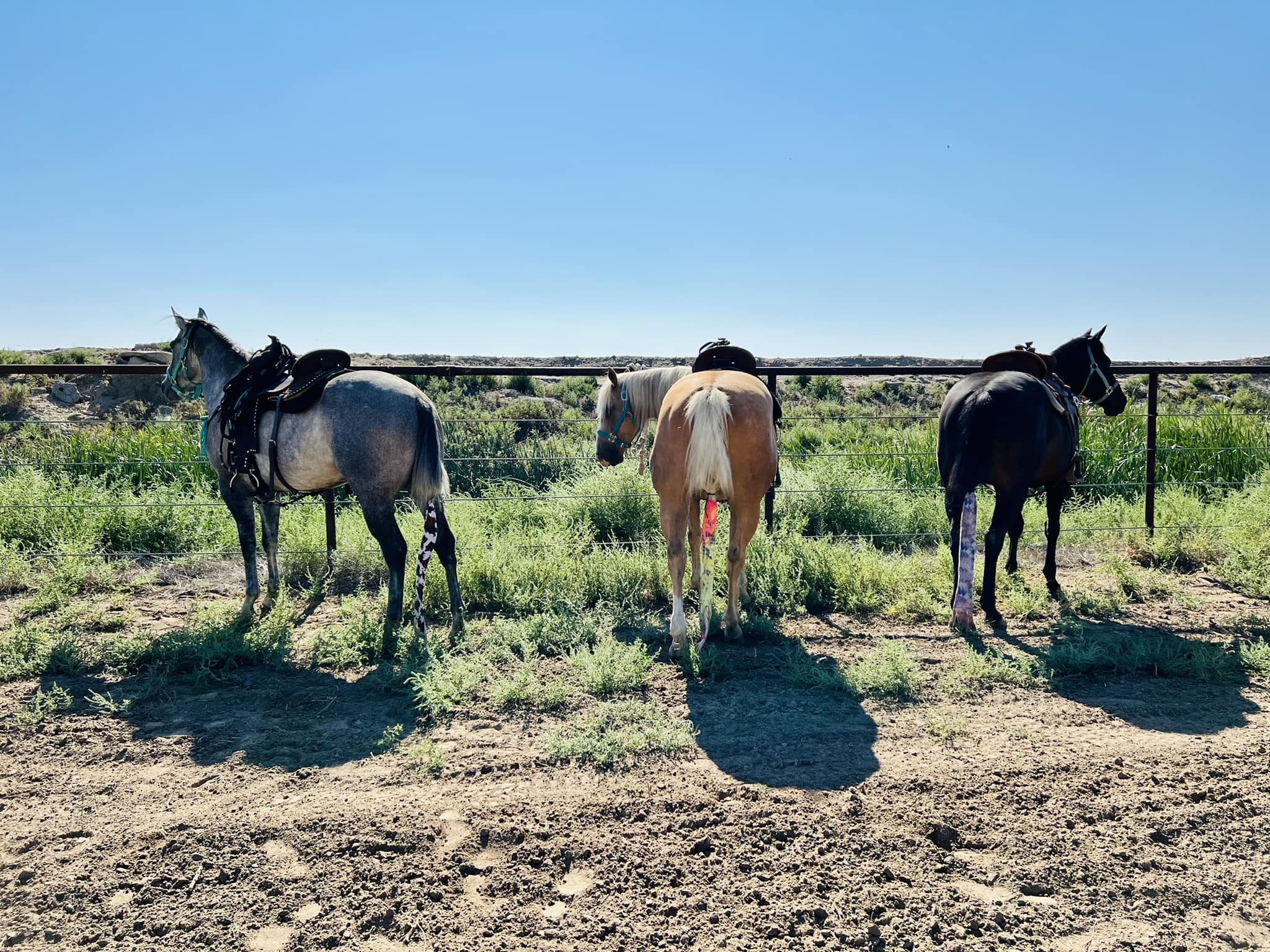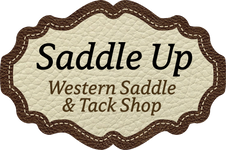Basic Horse Safety on the Ground and in the Saddle
Posted by Lynnsy Diekman - Saddle Up on Mar 15th 2023
Regardless if you are a novice horse owner or a seasoned rider, it is important to be safe when handling a horse. While it is important to be comfortable around your horse, you still need to be aware and cautious. This is true no matter what you are doing. You could be riding or even just brushing your horse, but there are still precautions you should take for safety reasons. Today, let's go over some basic horse safety on the ground and in the saddle.
1. Tying
Tying up your horse seems like a very simple task, but it can lead to dangerous accidents. First and foremost, never tie your horse to something that is not permanently affixed to the ground. You need to make sure you are tying to something secure and safe, just in case your horse becomes spooked. If that something is not secure, your horse is at risk of ripping the object free. In this situation, your horse may spook even more and is now dragging around an unsafe item that can cause them more harm.
2. Leading
When leading your horse, be sure to never wrap the lead rope around your hand. If your horse were to spook and flee, you are now at risk of getting drug. It is also recommended to not grab their halter directly for similar reasons.
Always lead by the lead rope, either flat in your hand or fold it back and forth and hold the middle.
3. Saddling Order
When saddling your horse, always make sure to attach your front cinch before any other piece of tack. This is to ensure the saddle is stable if the horse spooks. If you attached your rear cinch first and the horse got loose, the saddle is now at risk of slipping underneath the horse.
The front cinch should also be the last thing you undo once you have finished riding for the same reason.
4. Walking Behind
No matter the horse, you should always be cautious when walking behind them. The biggest concern when walking behind a horse is getting kicked. If you walk close enough to the rump, almost so you are touching them, they would not be able to kick you with full force. The other option would be walking far enough away that you are not in the kicking range.
5. Treats
While treats are used as a reward, they can cause extreme, bad habits. Hand feeding treats to your horse can cause them to be nippy and disrespectful when it comes to your space. Time and time again we see people feeding their horses treats when doing a saddle fit and it is very hard to work with. They are so treat oriented that they want to bite and be all over you, thinking you have a treat.
If you are going to feed them treats, it is best to just drop them into their grain bucket so they don't relate the treat coming from a human hand or pocket. Many people have lost fingers or had extensive damage done from a horse due to treats.
6. Tack Precautions
When tacking up, make sure you are evaluating your tack. Check for cracking latigos/off billets, loose cinches, proper fitting equipment, or missing chicago screws. A great tip for chicago screw style headstalls is to drip a small amount of clear finger nail polish into the screw and then attach everything. It keeps things secure, but can be removed if you are needing to take the headstall apart.
Don't ever tie your horse up by the reins with a bit in their mouth. Not only will this cause damage to your tack in the event of an accident, but it also puts your horse at risk of cutting their tongue in half from the bit.
It is also important to keep your tack clean, especially your saddle pad. I always check mine for dirt, hair buildup, or even stickers to avoid discomfort for the horse.
Something to also consider is adjusting your rear cinch or breast collar. Obviously, you don't want things so tight that it causes discomfort or bucking, but having them too loose can also cause problems. You want to make sure your rear cinch and breast collar strap (the one that runs between their front legs) are up enough that the horse can't get their legs caught in it. We have seen many wrecks where the back leg has gotten hung up in a low hanging rear cinch or even on the breast collar for being so low.
7. Trailering
This is one of my biggest pet peeves! I see so many people trailering their horse down the road with the window down and the horse sticking its whole head outside the trailer. That is so dangerous! Something can fly up and hit them in the eye causing extensive damage or even loss of the eye. Also, if a semi or large vehicle comes by, there is a possibility of the horse getting hit in the head. It opens the door to so many injuries, it just is not worth it. If you want to drop the window down, that is fine, just make sure you have a screen/net on it to keep the horse's head inside.
8. Halter Tip
Another tip I have is about halters. When you are putting your bridle on and getting ready to take off for a ride, don't let your halter just fall and dangle. Always tie up your halter so there is no risk of a horse stepping through it and causing an accident.
These are just a few guidelines to remember when you are handling a horse. Staying focused and calm is the main key. Having fun is important, but you have to remember to stay safe. If you are a novice rider, never be afraid to reach out for help! It is better to be cautious then get yourself into a bad accident. They are large, free spirited animals and can get themselves into some sticky situations. Anything is possible with horses so it is better to be prepared.

